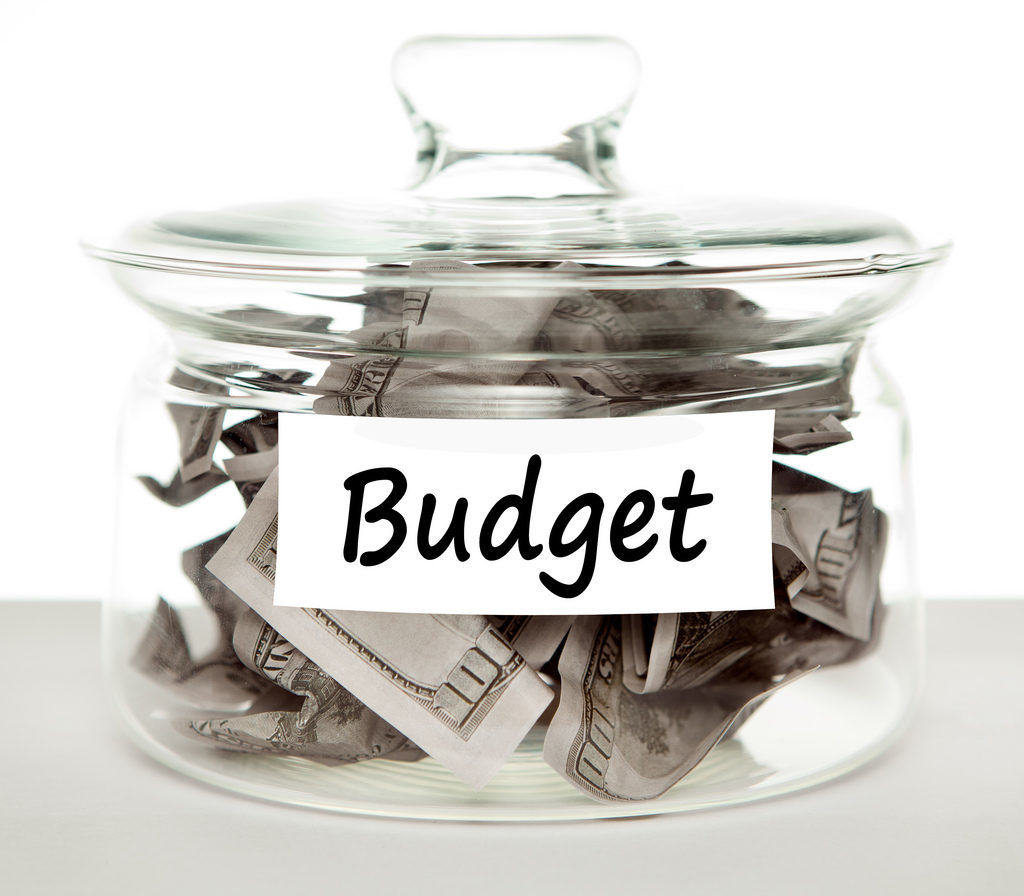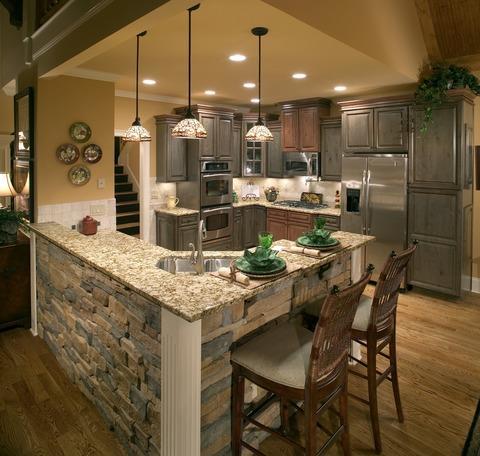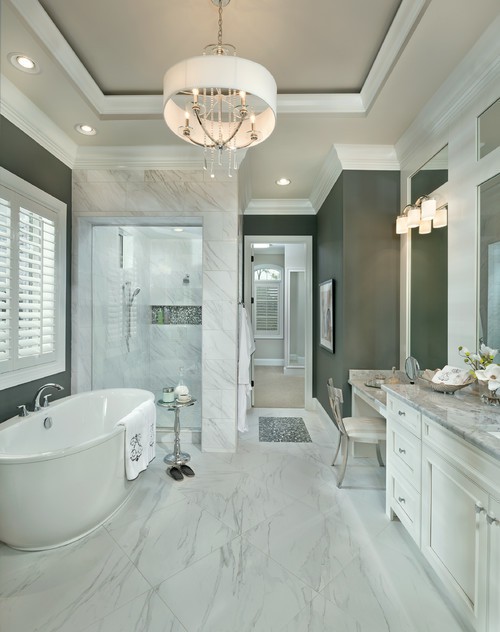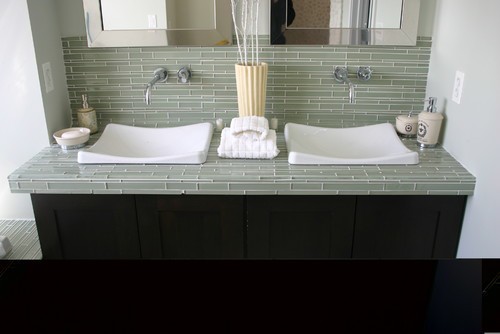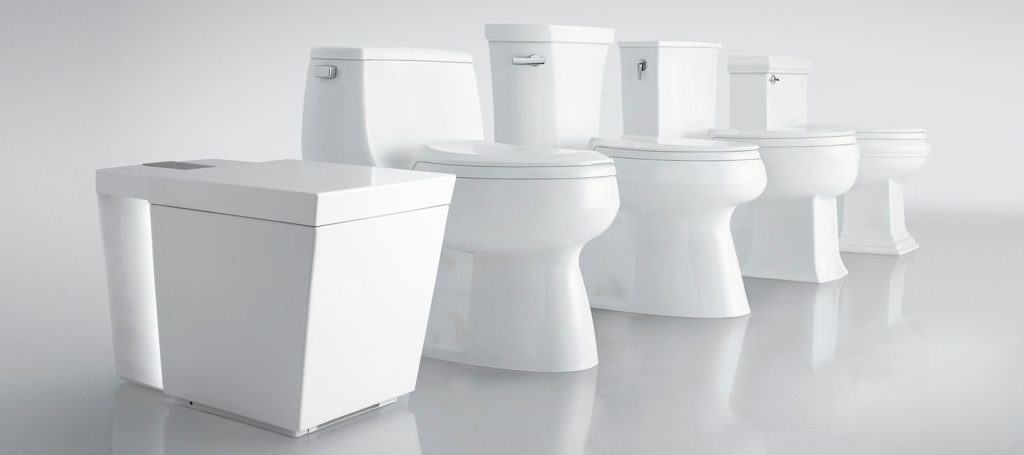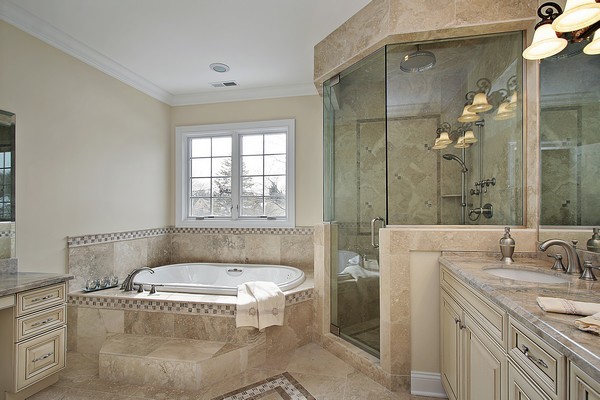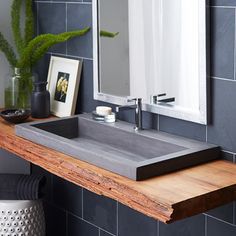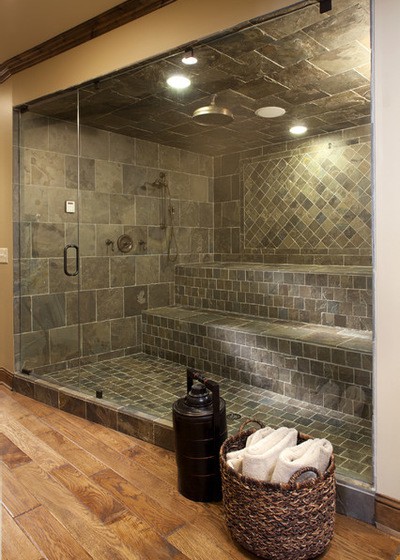The successful implementation (start, continuation and completion) of any home remodeling project depends on the size, accuracy, and viability of the project budget. Incidentally, you can assess the feasibility of any given home renovation project, such as partial remodeling projects like bathroom and kitchen remodels or full home makeovers, by comparing the actual cost of the project with the available project funds — a deficit causes the project to stall. In other words, the fate of any home remodeling project is usually determined by the project budget. Evidently, a home remodeling budget is crucial to project success and hence the process of creating the project budget must be one of the most important steps in the project. As such, you should take time to carefully plan and create the budget in order to guarantee a smooth project implementation process. By considering the following tips, you can create a realistic, accurate, and functional budget for any type of home remodeling project.
Setting The Budget
The first step requires you to decide the amount you want or intend to spend on the remodeling project regardless of specific project features. In this instance, you have to highlight a ballpark figure of the actual amount that you have (or will) set aside for the entire project. You do not necessarily need professional assistance to make this decision — it all depends on the proposed project size, and your itemized household budget and current financial status. Remember that you have to stick to this budgetary allocation in all your project plans and activities. In other words, the budget will control the project and not the other way round. The estimate project budget will assist you in planning and prioritizing for your renovation project. By operating within the budget, you will be forced to merit function over beauty during the elaborate planning phase in the next step.
Cost Breakdown And Contingencies
Without exceeding the project budget indicated in step one, you are now required to split/divide/allocate the consolidated funds to specific project elements including plumbing materials, labor, installations, and fixtures. Certainly, you need to create a representative project layout and design to help you allocate itemized expenses based on specific project renovation features and preferences. To complete this step insightfully and realistically, you are advised to consult and seek the advice of a well established plumber in your area of residence. For instance, you can look for a professional and reputable DC plumber if you reside in the Washington locality. Before you breakdown the entire budget, you should set aside a reasonable fraction (usually 20%) of the budget to cater for miscellaneous/unforeseeable expenses. At the end of this step, you will have a detailed, itemized budget that is both accurate and pragmatic.
Financing The Project
Now that you have a detailed budget featuring all your project costs, you need to consider an appropriate source of these funds. Depending on your financial standing and your investment preferences, you can consider any of the following financing options: home equity loans, personal loans, cash, retirement/pension plan loans, and refinancing. Even if you have cash at hand, the most recommendable option is a home equity loan because it’s usually low interest and tax deductible. For all the mentioned loan options, consider their interest rates, the qualification merits, and the processing period, before choosing the most cost-effective and convenient financing option.




